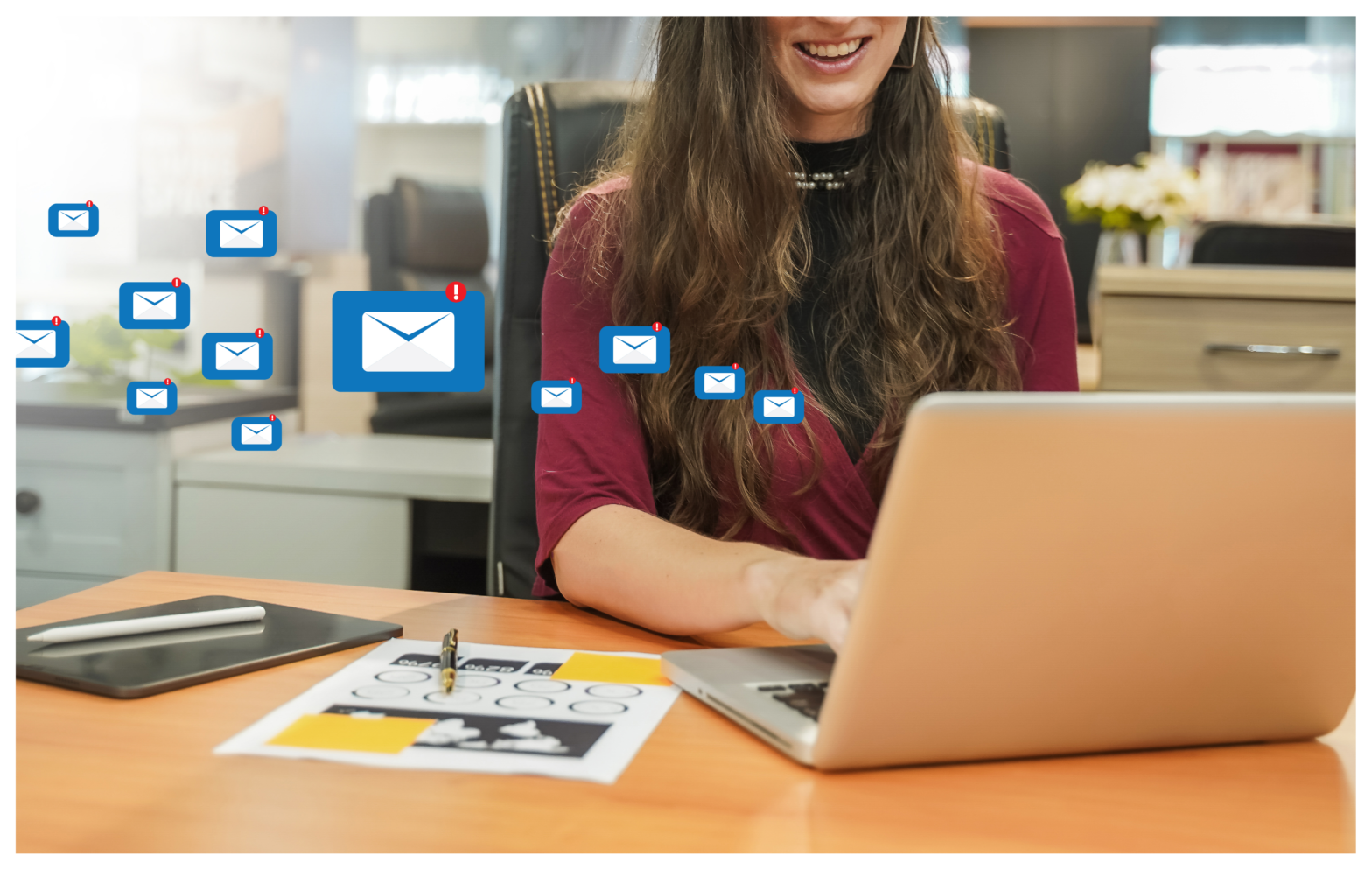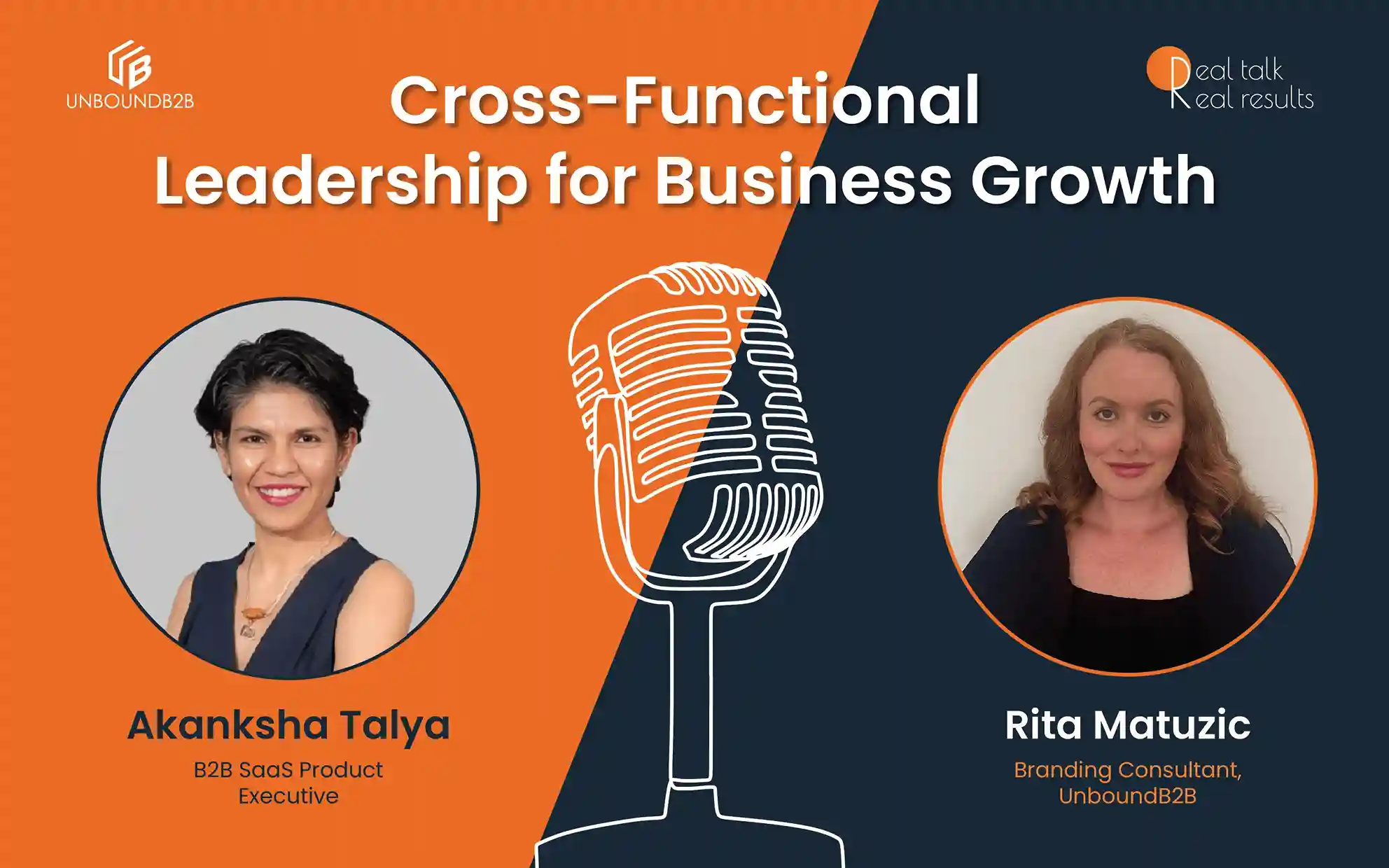
Introduction
With the rise of the digital age, communication has shifted from face-to-face to screen-to-screen. Email is among the most widely used modes of communication, specifically for businesses. The importance of a professional email template cannot be overstated.Why Professional Emails Matter?
First impressions count. A business email template sets the tone for the company and reinforces its professionalism. With so many transactions taking place over email, a polished message can boost trust and open the door for collaborations. Explore the benefits and tools of effective emailing with UnboundB2B and ensure every communication leaves a lasting, positive impact.
Key Elements of a Professional Email
A professional email example generally comprises a clear subject line, polite greeting, concise content, and a signature. The subject line should immediately convey the email’s purpose to grab the recipient’s attention. The greeting, meanwhile, sets the tone for the entire correspondence; whether you opt for a formal “Dear Mr./Ms.” or a more casual “Hi” depends on your relationship with the recipient. The content should be clear and to the point, avoiding unnecessary jargon or overly complex language. Concluding the email with a signature that contains the sender’s name, job title, and contact information provides an air of professionalism and makes it easy for the recipient to respond.
Incorporating elements like the sender’s job title, the company name, and the shipping address, especially in business contexts, can lend more credibility to the email. These details can provide context, clarity, and a sense of authenticity to the email’s contents. To further refine your email communication skills, Purdue University offers additional insights into email etiquette, ensuring that you leave a lasting positive impression with each message you send.

1. Search Intent and Goals
Ask yourself: What’s the main goal? Whether seeking information, proposing a partnership, announcing a blog post, or simply communicating updates, your message should align with its intent. For instance, a blog post promotion email should be written differently than a customer service email template. Each type of email, be it blog post updates or email templates for business, has its unique tone and purpose, and it’s crucial to tailor your communication accordingly.
2. Target Audience
Understanding your recipient is vital. Tailoring professional email templates to your audience ensures better engagement and response rates. So, whether you’re reaching out to potential clients or existing partners, ensure your message speaks directly to them.
3. Professional Email Examples
Below are some examples of introductory paragraphs of professional emails designed to address a variety of common business situations:
- Inquiry Emails: “Upon conducting some research for potential partners in our latest venture, I stumbled upon your services on [platform]. I was particularly impressed by [specific feature or offering]. I’d love to learn more about how we might be able to collaborate or use your services to enhance our project. Could you provide more detailed information or possibly schedule a chat?”
- Meeting Requests: “Given the recent developments in our project and the valuable input you can provide, I believe it would be beneficial for both of us to sit down and discuss [specific topic]. Could we possibly set a time next week? Your insights would be incredibly valuable, and I believe this meeting can help us steer the project in the right direction.”
- Project Updates: “I hope you’ve been well. I wanted to keep you informed about the ongoing developments of our [specific project]. As of now, we have completed [specific milestones], and we’re on track to finish by our projected deadline. I believe it’s crucial to maintain transparency in our collaboration, so please don’t hesitate to reach out if you have any questions or need further details.”
- Client Follow-ups: “I wanted to touch base and see how everything’s going with the [product/service] we provided. Your feedback is instrumental in our continuous improvement, and we value your opinion greatly. Please let us know if there’s anything you’d like to discuss or if there are areas where we can offer further support.”
- Job Applications: “Dear [Hiring Manager’s Name], I recently came across the [position] advertised on [platform/website]. With my experience in [specific field or skill] and a strong desire to contribute to a team-oriented environment, I believe I could be a valuable addition to [Company’s Name]. Enclosed is my resume, which provides a detailed overview of my professional journey. I’m eager to potentially discuss how my background aligns with the needs of your team.”
- Feedback Solicitations: “Dear [Recipient’s Name], As part of our ongoing commitment to enhancing the quality of our services, we highly value feedback from esteemed clients like yourself. We’d love to hear your thoughts on [specific service or product][insert link]. Your insights will be instrumental in guiding our future developments and ensuring we continually meet your needs and expectations.”
4. Common Mistakes to Avoid
Common email pitfalls include being too verbose, using slang, and overlooking typos. Always proofread your professional email example to ensure clarity and accuracy. And remember, a business email template can be your best tool to sidestep these mistakes.
5. Crafting a Compelling Subject Line
Subject lines are the first thing recipients see. It’s essential to make the email template subject line attention-grabbing yet relevant. Avoid using all caps or overly promotional language; always ensure it aligns directly with your email’s content.
6. Tone of Voice in Business Emails
Strive for a balance between formal and approachable. While you want to remain professional, overly stiff language can feel inauthentic. Adapt based on the relationship and context. Familiarity with different business email templates can guide your approach.
7. Sample Professional Email Templates
Seeking a versatile range of templates? Research various marketing strategies to boost B2B lead engagement as a source to match templates to your needs. Relying on these can save time and ensure consistency across your correspondence.
FAQs
- Q. How often should I follow up?
A. Typically, if you haven’t received a response within a week, a gentle follow-up is appropriate. - Q. Is using emojis in business emails okay
A. Generally, it’s best to avoid emojis unless you know the recipient’s preference.
Wrapping Up Email Excellence with UnboundB2B
Email remains a cornerstone of business communication. You can elevate your business communications by leveraging a professional email template and understanding the nuances of crafting the perfect message. For more on this topic, consider exploring Harvard University. Additionally, as one of the premier email lead generation companies, UnboundB2B can offer specialized expertise for your business.
Always remember: a well-written email is a step towards success.
Our blog
Latest blog posts
Tool and strategies modern teams need to help their companies grow.

Programmatic ABM combines the effectiveness of targeted engagement with automation. I...

Take advantage of the year-end holiday rush so you can boost your SaaS revenue and st...

Boundaryless, cross-functional leadership is the key to successful, high-performing p...





